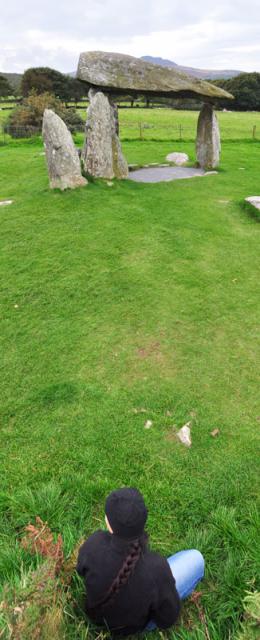About
My Calligraphy
My calligraphy is a reflection of two sides of my personality: the historian and the crafter. I have studied and taught medieval history for over 10 years now (and hopefully will soon have the PhD to prove it!). In my research, I focus on manuscripts as historical evidence: I not only read their content, but look at manuscripts for evidence of how they were made and used. I find medieval manuscripts to be incredibly inspiring as a historian: seeing and touching them brings the past to life, and I am amazed to see the time and work that went into making these books, and the love that their readers gave them. But I find them even more inspiring as a crafter: looking at a beautiful manuscript, or even an ugly one, makes me want to get out my pens and ink and create my own.
I have been doing medieval-style calligraphy for almost as long as I have studied history. My calligraphy is inspired by medieval manuscripts: sometimes I do my best to copy the appearance of a manuscript as closely as possible, and sometimes I prefer to use medieval manuscripts as a point of departure for my own work, combining medieval and modern aesthetics.
Calligraphy is also a welcome break from my research. After hours of translating medieval texts, or transcribing medieval handwriting, or reading dense articles, it’s nice to let my brain relax while my hands create something beautiful. It’s also a great way to conquer writer’s block: I find that after an hour or so of hand-crafting, my brain is suddenly capable of formulating the ideas that had eluded it earlier.
I generally use modern materials in my work, although sometimes I use replicas of medieval material. However, a lot of medieval arts are truly bygone: for instance, we are no longer capable of creating parchment as fine as medieval parchment. Many medieval inks were poisonous or decay over time, so modern gouache paints serve my purposes just fine.
What I do when I’m not doing calligraphy

If only I had more time to devote to calligraphy… But I split my time up between a bunch of things:
- Work: I do bookkeeping, marketing, and web design for Alchemy Computer Solutions, helping my partner run his business.
- Graduate school: I’m working on getting a PhD in medieval history. I’m a student at Fordham University in New York City, but once I finished my coursework there my partner and I decided to move to Seattle.
- Photography: well, I’m not much of a photographer, but my partner is. He has a shop at greenrootsphoto.etsy.com and a blog at greenrootsphoto.com. He takes all the pretty pictures, and I list them on Etsy and promote his shop.
- Life: cats, a dog, friends, house, cooking – you know, all that stuff that keeps one busy throughout the day
All of that doesn’t leave a ton of time for calligraphy, but I love it so much that I try to make a little time for it every day, or at least for looking at images of medieval manuscripts or reading about them.
It’s definitely a busy schedule, but it’s all stuff I enjoy doing, and it’s nice not doing the same thing all the time.
My Dissertation
I’m working on a PhD in medieval history at Fordham University in New York City, although I’m done with my coursework so I live in Seattle. My primary areas of research are British history, the fourteenth century, medieval manuscripts, social history, women and family, and lay spirituality.
I’m writing my dissertation now, a seemly endless process. It’s entitled “The Manuscript Context of Medieval Welsh Prophecies.” Welsh literature is full of prophecies, usually political, which predict that a hero like King Arthur will come and unite the Welsh against the English, kick the English out of the British Isles, and take over Britain. I’m examining the manuscripts in which these prophecies were written, trying to get an idea of why people wrote them down, what they found interesting in them, and what they thought about them. Welsh history is challenging because we really don’t have many sources, so you have to make really creative use of sources. There are 19 manuscripts written in Wales between 1200 and 1500 that contain prophecies, so I’m looking at the texts alongside the prophecies, any markings in the margins, and that sort of thing. A lot of the prophecies aren’t available in modern editions, so I’m also transcribing them – it means I spend a lot of time staring at my microfilm machine.
